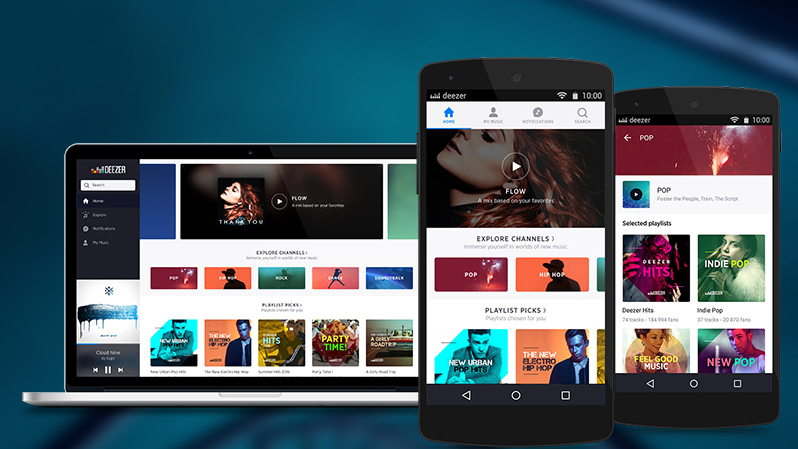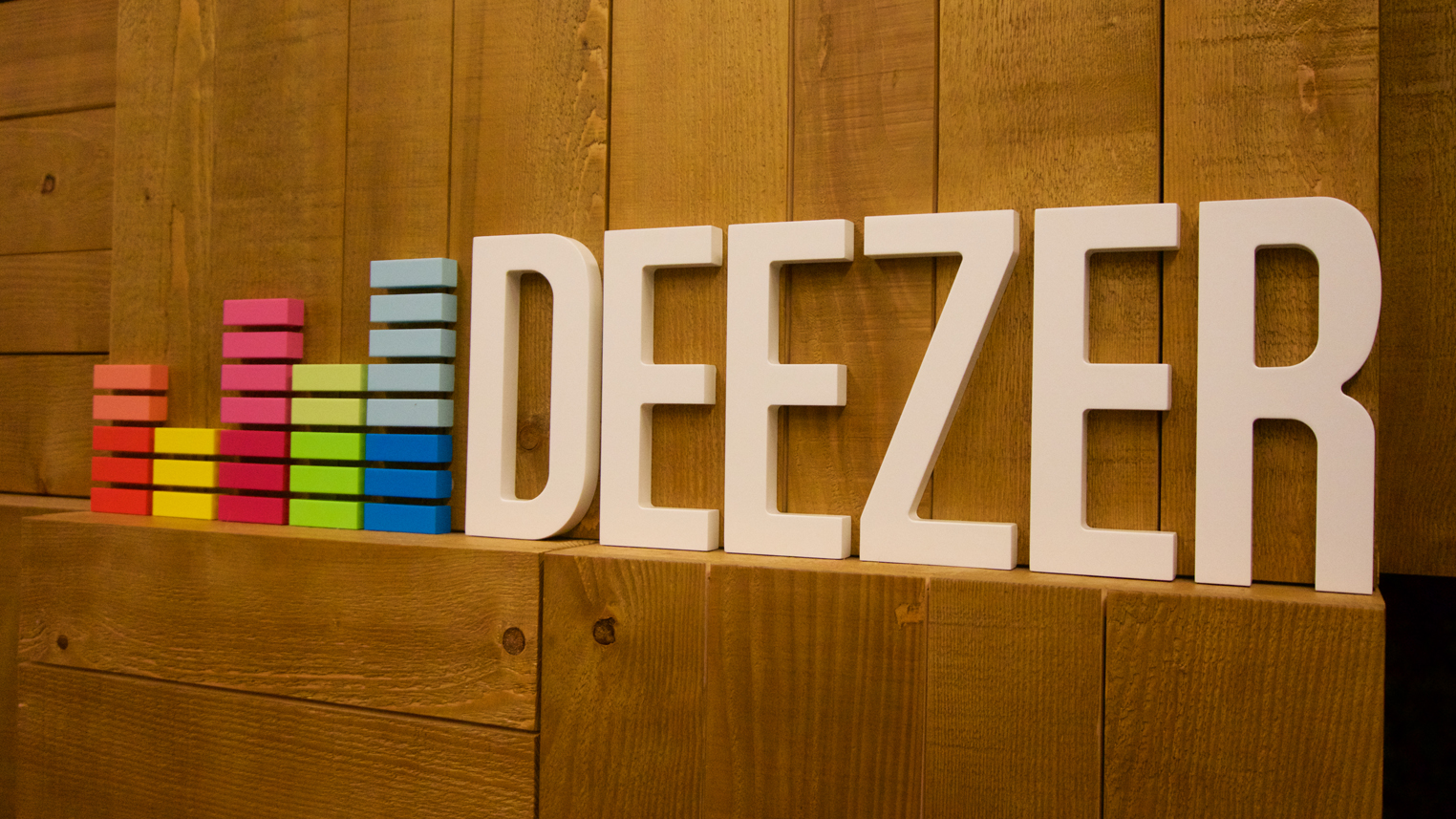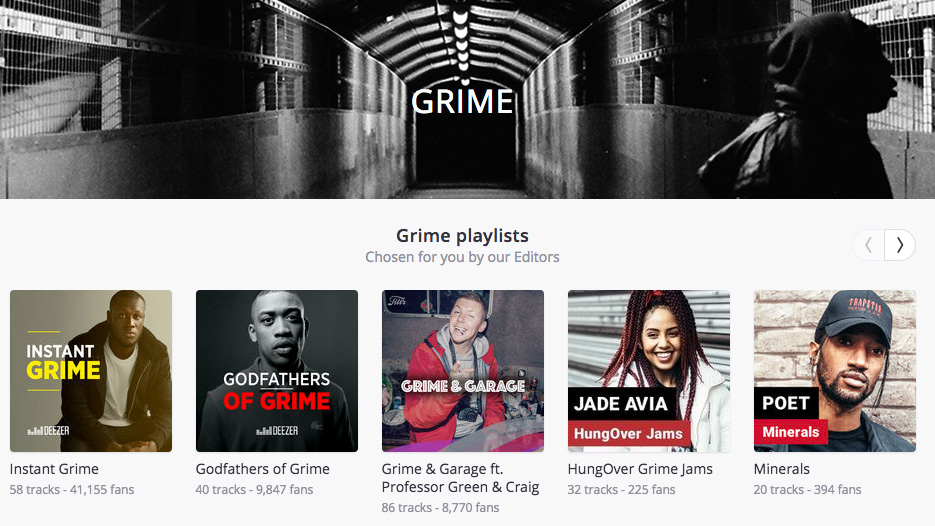The power of the playlist: how streaming is changing the way we listen to music
Inside the mind of a flesh and blood playlist creator...

It's 20 years since arguably the most important LP of, well, the last 20 years. Radiohead’s OK Computer re-invented the idea of what a guitar album should sound like.
Its track listing takes you on a very deliberate journey - not quite in the sense of a concept album, but there’s a reason Thom Yorke spent weeks rearranging the songs on his MiniDisc player (it was 1997, after all) before deciding on the right order: it’s an album that demands to be listened to from beginning to end.
20 years on and the idea of an album is being questioned once again by Drake. His latest LP is part mixtape, part album and, much more significantly, a playlist.
More Life is Drake bringing together a selection of songs that “become the soundtrack to your life,” according to an interview with Complex.
With this release he broke his own streaming record and went straight to number one. It’s the most successful playlist ever made.
Playlists are big business right now and one of the biggest reasons for this are music streaming sites. Their ‘all-you-can-eat’ model is not just changing how we consume music, but how music is being made.

To make sense of the millions of tracks available, playlists are created to suit your mood, the time of day, what's going on in the world right now. They’re genre based, people based and even workout based.
Sign up for breaking news, reviews, opinion, top tech deals, and more.
With playlists being such a barometer for the music landscape, then, just how are they compiled? We spoke to Dom Wallace, Music Editor (UK & Ireland) at Deezer to find out.
“When I came into the job, I did think the mix of music - how tracks fit together - would be very important [when compiling a playlist] but you look at the data and do some research and it isn’t as important as you might think,” says Wallace.
Wallace has been at Deezer for more than a year now. Before this he was working for BBC Introducing in the UK.
Taking what he’s learned from his radio background has helped him raise the profile of Deezer’s playlists. His focus isn’t on how tracks segue from one to the next but about careful track positioning, based on Deezer’s metrics and judging a song on its popularity.

“We have an awful lot of data we can use in our back office to help compile our playlists. We have something called playlist optimisation,” says Wallace.
“We can use this to analyse how many streams each track gets in any given playlist, what the skip rate is - this is very important as it tells us whether a track is doing well or if it isn’t.
"Another metric we use is 'streams' for playlists - the amount of tracks a user streams when they visit a playlist.”
Radio friendly
When choosing songs for a playlist, there are a number of things Wallace and his team look at but relying on his radio roots has helped him perfect the playlist.
“When I first joined, there was a lot of discussion about playlists and editorial, and you would presume that you would put all the best performing tracks at the top and work down from there. But you don’t program a radio show in that way so why a playlist?
You can't put all the best performing tracks at the top and work down from there. You have to introduce music in a more comfortable way.
Dom Wallace, Music Editor at Deezer
“You have to introduce music in a more comfortable way. So, with new tracks, say from Deezer Next artists [Deezer’s big push to promote up-and-coming artists on its service] I programme in a similar way you do a radio show. You start with your big artist and track and then you have a second track to back it up with another big artist.
“Then the third track you can introducing something new. What you do after that is what we call ‘padding’. You go back to a famous artist, or a big track. So if they do skip then the new track they are back to something they know and they won’t stop using the playlist.
“We have seen engagement increase and people stay on the playlist a lot longer across the board with that editorial mentality."

According to Wallace, each playlist has to be seen on its own merits.
“Instant Grime won’t get as many streams as, say, a chart-based playlist but when people are using it our users are actively looking through the tracks you are putting on it in the background - they are really engaging with it,” he explains.
“That’s why at Deezer we are judged on streams of playlists and engagement. A mood playlists will always get the longer streams, as they are chill out, background music.
"But genre-based playlists usually are used by a very engaged audience, who know what artist and tracks they are listening to.”
Grime and reason
It is playlists in these specific genres where things get interesting. Take, for instance, grime. This is a huge area for Deezer, it’s one of the music genres the streaming service has been championing.
"Grime is a global channel that’s not just restricted to the UK so we are giving a global reach to grime artists but we wanted to make sure that it felt authentic,” says Sulinna Ong, VP of Artist Marketing at Deezer.
“We are involving content creators that aren’t just from the music space from that scene. But a photographer that took a lot of the imagery and you’ll see on the channel the bloggers and creators from that scene pushing their favorites. We wanted it to feel authentic and that’s really important.”
And it really does. There are track choices by Hyperfrank and Alia Loren, a journalist and DJ rooted in the scene, and handpicked albums and tracks by those who have expert knowledge of grime.
But what about those who have a passing interest in grime but no real way into the music?
That’s where accessible genre-based playlists come in and there’s a key way these work, according to Dom Wallace.

“We have two grime playlists: Instant Grime and The Godfathers of Grime - this is an introduction to grime,” says Wallace.
“The top five tracks on that playlist are very important. When you are accessing that playlist on your mobile, you initially see the first five tracks - these are the showcase of the playlist.
"So you need your Stormzys, your Skeptas your Wileys in the top five because they are the ones that get you engaged in the playlist. Further down you can become a little more experimental.”
Setting the record straight
Given a playlist placing can make or break an artist, there must be a significant amount of pressure on the labels to get their artists into a playlist.
Wallace acknowledges this but believes that labels are now understanding that the key isn’t getting artists’ songs heard but heard in the right way and at the right time.
It isn’t about demanding when your track is released it goes to the top of every playlist. You need audiences to engages with that track at the right rate.
Dom Wallace, Music Editor at Deezer
“Record labels, streaming distributors and even managers are learning more about playlists and how to push their artists. It isn’t about demanding when your track is released that it goes to the top of every playlist. You need to work with all parties to make sure the audience engages with that track at the right rate.
“You don’t want to throw it in and put your audience off. You can’t just throw any old track at the top of the playlist. Labels are starting to realise this, so now I can sit with the head of a record label and I can say - ‘we tried to push this track last week, it didn’t really react well so we had to take it off’.
“They can then hold it back a few weeks and when we have a bit more activity - maybe some radio or TV activity - and we can go again.”
Slim pickings
It’s not just labels that are wising up, but artists too. Deezer has started using established artists to curate playlists on the service. Using artists is nothing new. Apple Music has been using A-list musicians to host its Beats 1 shows with great success.
Deezer is hoping that it can do the same with its featured artist playlists. Two of the biggest are from dance legends Fatboy Slim and Pete Tong. Between them have curated around 15 hours of music, with playlists that will be updated by the DJs.
“The whole industry has a way to go with artist-lead playlists but we’ve set up a relationship with them as we want their playlists to be updated as regularly as we update our own ones," says Wallace.
"You want them to be just as engaged. Just having a list of tracks that aren’t updated works for a day or two, but you don’t get much after that."

Wallace has a busy job on his hands. He curates 20 to 25 playlists for the UK and Ireland, each with around 40-60 tracks.
“That’s [the size of playlist] audiences wanted to engage with," says Wallace. "I thought it would be shorter but people do engage with playlists a lot longer.”
So, where does he get the time to forge an opinion on each song he adds to playlist?
The short answer is, he doesn’t. And there’s a very good reason for this: he lets the data decide.
What I think personally never comes into making a playlist. You can’t let personal preference lead.
Dom Wallace, Music Editor at Deezer
“What I think personally never comes into making a playlist. I have to have two heads, my editorial head and my personal head. You can’t let personal preference lead.
“For each playlist, I have a specific user in mind. I have a demographic I deal within. You build that profile up: what radio stations they listen to, what their job is, who are their favorite artists, what gigs do they go to… So, when I hear a song, I hear it from that person. It’s never me going ‘oh, I like that song’.
“The difference between a good editor and a bad editor is: a bad editor is someone who likes a song and thinks everyone should like it, while a good editor thinks of their demographic.
"I would be lying to say that it never came into it, as there may be a track that I really love and I may want to stick into a playlist when I can find it, but it always has to be the editorial first.”

Marc Chacksfield is the Editor In Chief, Shortlist.com at DC Thomson. He started out life as a movie writer for numerous (now defunct) magazines and soon found himself online - editing a gaggle of gadget sites, including TechRadar, Digital Camera World and Tom's Guide UK. At Shortlist you'll find him mostly writing about movies and tech, so no change there then.